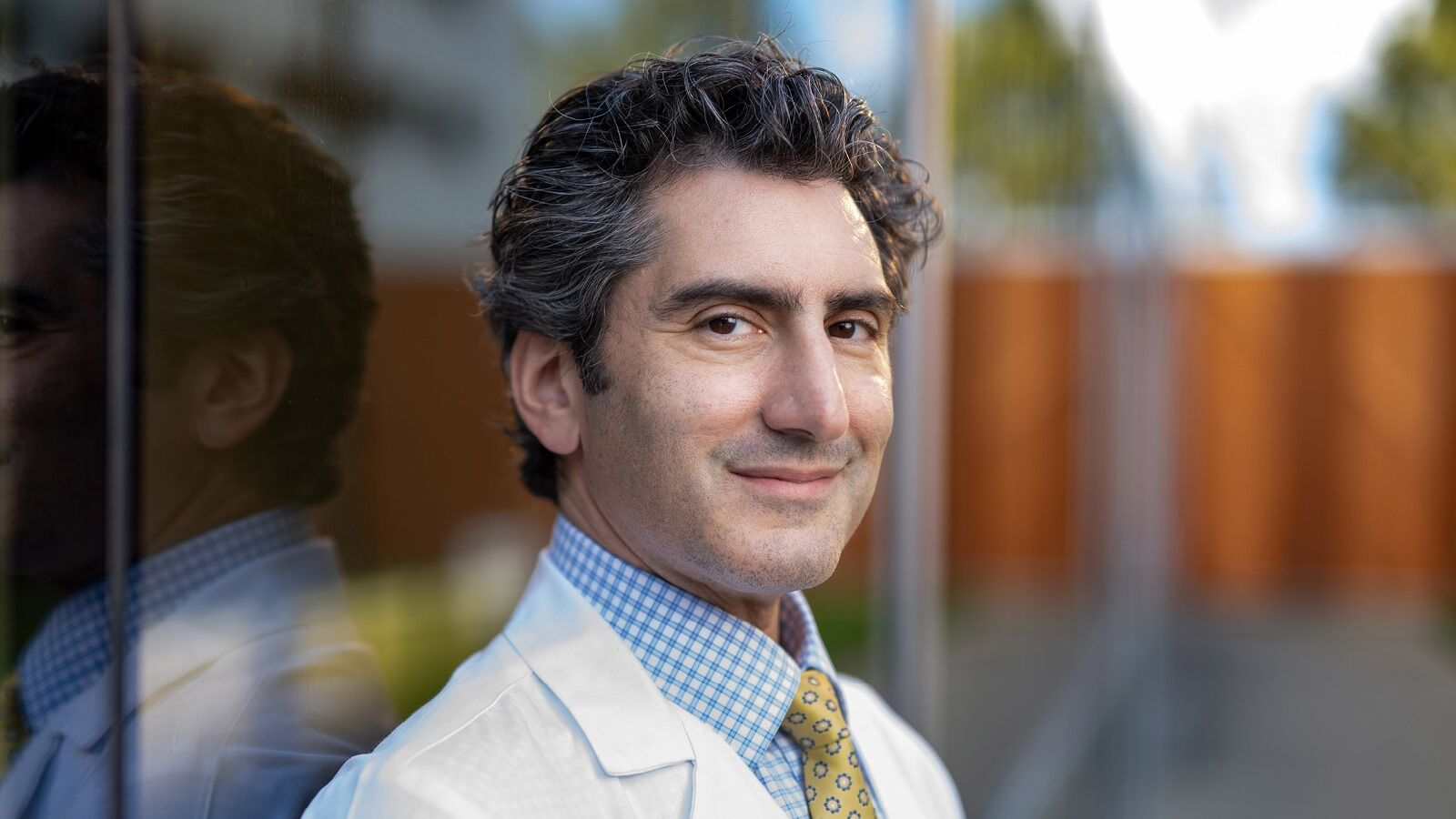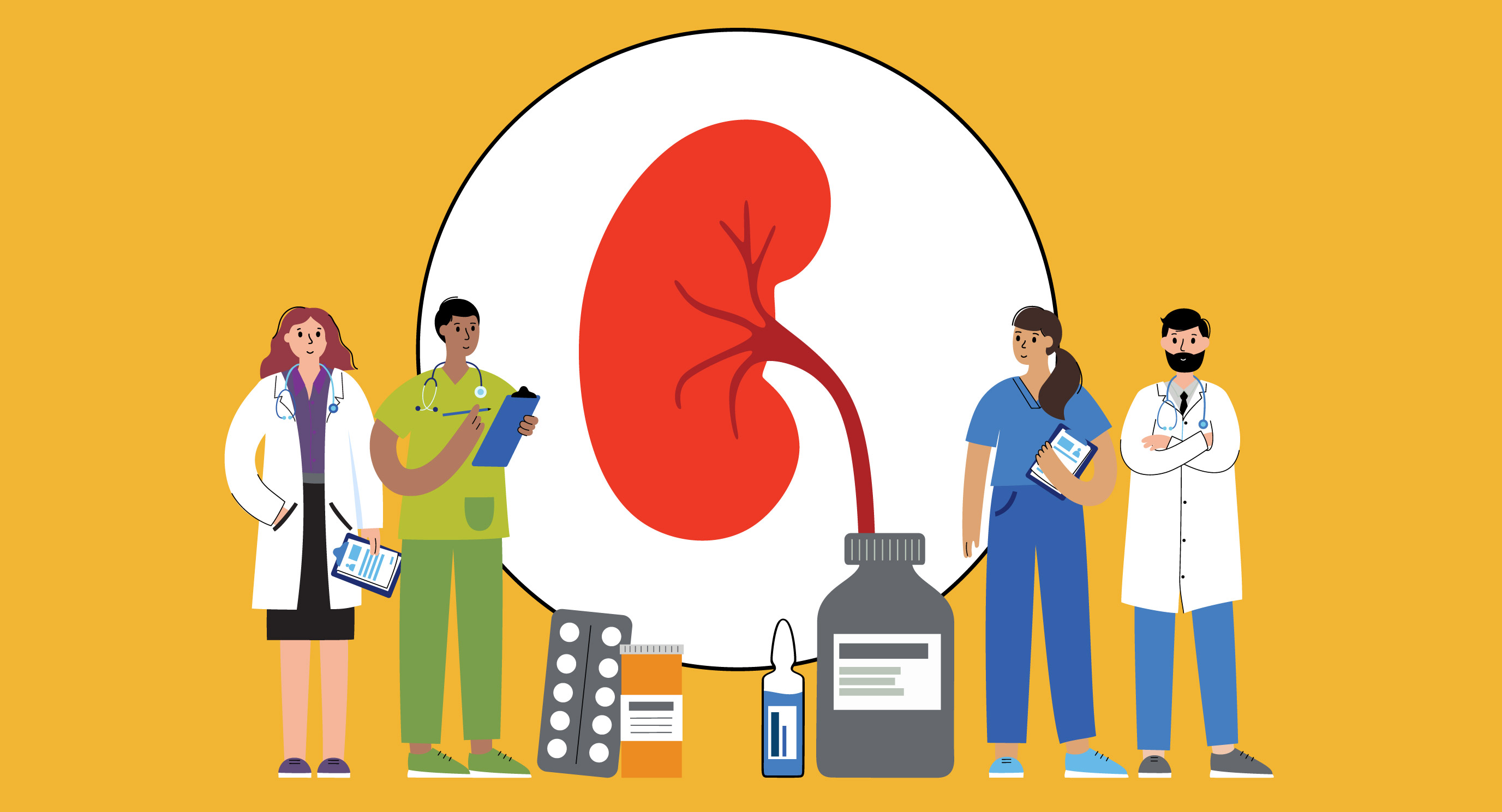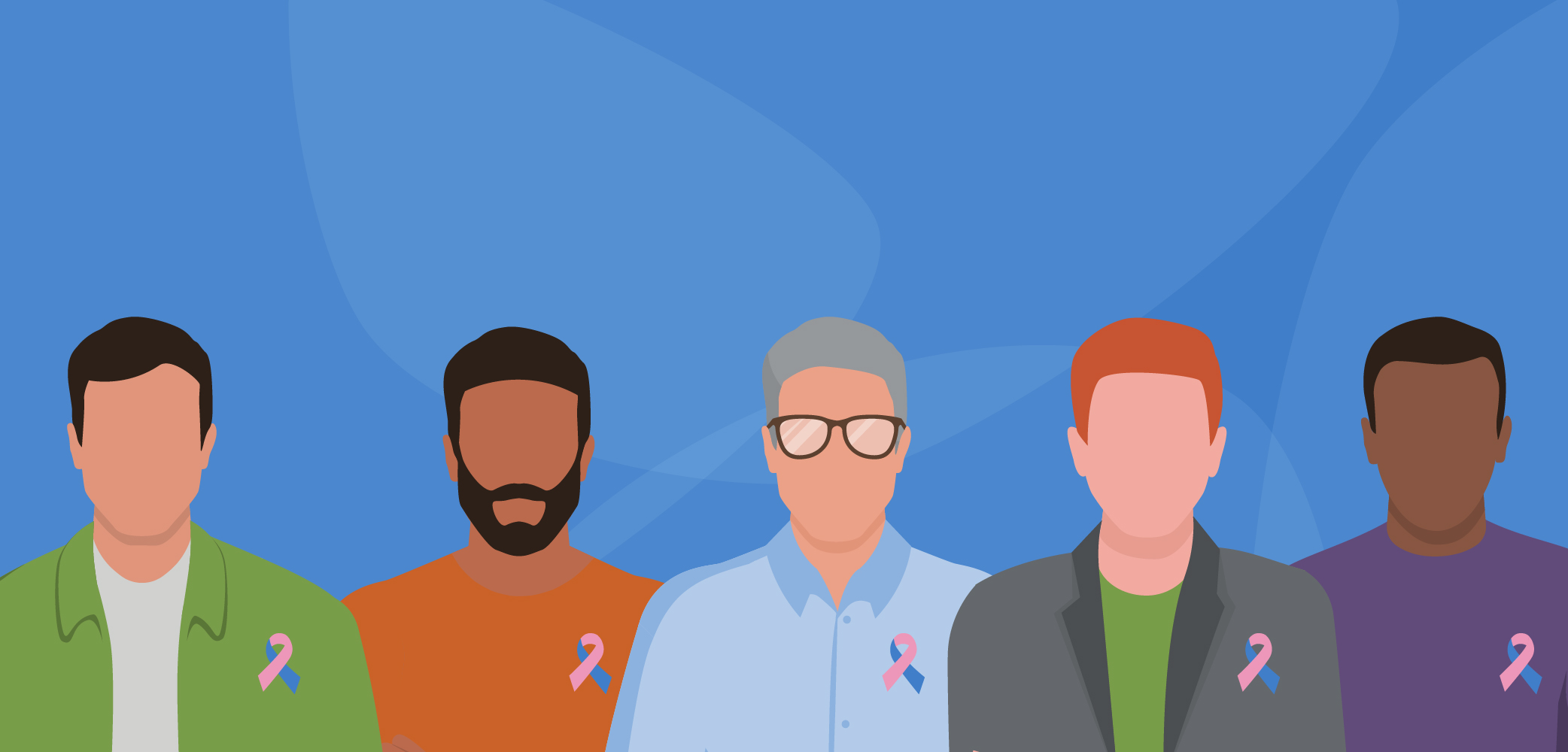Advancing cell therapy to benefit cancer patients
- Diseases
- Acoustic Neuroma (14)
- Adrenal Gland Tumor (24)
- Anal Cancer (66)
- Anemia (2)
- Appendix Cancer (16)
- Bile Duct Cancer (26)
- Bladder Cancer (68)
- Brain Metastases (28)
- Brain Tumor (230)
- Breast Cancer (718)
- Breast Implant-Associated Anaplastic Large Cell Lymphoma (2)
- Cancer of Unknown Primary (4)
- Carcinoid Tumor (8)
- Cervical Cancer (154)
- Colon Cancer (164)
- Colorectal Cancer (110)
- Endocrine Tumor (4)
- Esophageal Cancer (42)
- Eye Cancer (36)
- Fallopian Tube Cancer (6)
- Germ Cell Tumor (4)
- Gestational Trophoblastic Disease (2)
- Head and Neck Cancer (6)
- Kidney Cancer (124)
- Leukemia (344)
- Liver Cancer (50)
- Lung Cancer (288)
- Lymphoma (284)
- Mesothelioma (14)
- Metastasis (30)
- Multiple Myeloma (98)
- Myelodysplastic Syndrome (60)
- Myeloproliferative Neoplasm (4)
- Neuroendocrine Tumors (16)
- Oral Cancer (100)
- Ovarian Cancer (170)
- Pancreatic Cancer (164)
- Parathyroid Disease (2)
- Penile Cancer (14)
- Pituitary Tumor (6)
- Prostate Cancer (144)
- Rectal Cancer (58)
- Renal Medullary Carcinoma (6)
- Salivary Gland Cancer (14)
- Sarcoma (236)
- Skin Cancer (296)
- Skull Base Tumors (56)
- Spinal Tumor (12)
- Stomach Cancer (60)
- Testicular Cancer (28)
- Throat Cancer (90)
- Thymoma (6)
- Thyroid Cancer (98)
- Tonsil Cancer (30)
- Uterine Cancer (78)
- Vaginal Cancer (14)
- Vulvar Cancer (18)
- Cancer Topic
- Adolescent and Young Adult Cancer Issues (20)
- Advance Care Planning (10)
- Biostatistics (2)
- Blood Donation (18)
- Bone Health (8)
- COVID-19 (362)
- Cancer Recurrence (120)
- Childhood Cancer Issues (120)
- Clinical Trials (626)
- Complementary Integrative Medicine (24)
- Cytogenetics (2)
- DNA Methylation (4)
- Diagnosis (230)
- Epigenetics (6)
- Fertility (64)
- Follow-up Guidelines (2)
- Health Disparities (14)
- Hereditary Cancer Syndromes (124)
- Immunology (18)
- Li-Fraumeni Syndrome (8)
- Mental Health (118)
- Molecular Diagnostics (8)
- Pain Management (62)
- Palliative Care (8)
- Pathology (10)
- Physical Therapy (18)
- Pregnancy (18)
- Prevention (896)
- Research (390)
- Second Opinion (74)
- Sexuality (16)
- Side Effects (604)
- Sleep Disorders (10)
- Stem Cell Transplantation Cellular Therapy (216)
- Support (404)
- Survivorship (322)
- Symptoms (184)
- Treatment (1774)
What is the future of cell therapy in cancer treatment?
4 minute read | Published November 08, 2024
Medically Reviewed | Last reviewed by Katy Rezvani, M.D., Ph.D., on November 08, 2024
Cell therapies, often described as ‘living therapies,’ are a form of immunotherapy created using immune cells from a patient or healthy donor. With specialized engineering and manufacturing, we can improve the ability of these cells to detect and eliminate diseased or abnormal cells, such as cancer cells.
It’s an exciting time for the field of cell therapies, and we have seen profound results in many patients. However, many more do not benefit long-term from cell therapies.
With the launch of MD Anderson’s Institute for Cell Therapy Discovery & Innovation, our goal is to change that. Our mission is to lead the world in developing and advancing impactful cell therapies that will benefit more cancer patients.
Cell therapies offer an emerging option for cancer treatment
There are different types of cell therapies, including several options approved by the Food and Drug Administration (FDA). Chimeric antigen receptor (CAR) T cell therapies have been approved for some patients with leukemia, lymphoma and myeloma. Earlier this year, we saw the approval of tumor-infiltrating lymphocyte, or TIL, therapy for advanced melanoma.
We also have seen encouraging clinical trial results from CAR natural killer (NK) cell therapies for patients with B-cell lymphomas and leukemias, although these are still under investigation. These were developed here at MD Anderson by my team. The CAR molecule gives these cells the ability to seek out specific cancer cells.
While these are exciting advances, most options are available only for blood cancers, and many patients will either not benefit or experience a relapse. Therefore, we have lots of work ahead of us.
Advancing work to make cell therapies beneficial for more patients
We’re working to improve cell therapies in several ways. First, we want to broaden the list of cancer types that can be targeted by these treatments.
To do this, we’re working on ways to supercharge cell therapies and exploring other targeting approaches. Most cell therapies work by recognizing targets on the surface of cancer cells, but we are advancing techniques that would allow cell therapies to detect targets within the cancer cells. This would significantly expand our capacity to eliminate cancer cells while sparing healthy tissue.
We have active clinical trials exploring cell therapies in lung, kidney, pancreatic and ovarian cancers as well as glioblastoma. And that list continues to grow.
We also want to make cell therapies safer. Current options require lengthy hospital stays and have the risk of serious side effects. CAR NK cells are biologically different than those therapies, and they have been shown to be very safe in clinical trials thus far.
Finally, we want to make cell therapies more readily available. Rather than patients waiting for therapies to be manufactured over weeks, we are advancing off-the-shelf treatments. These could be available and ready for patients, speeding up our ability to get the right treatment to the right patient as soon as they need it.
A bright future ahead for this promising treatment approach
For the future of cell therapy, I see a revolutionized gold standard for treating cancer – one where treatments are personalized, highly specialized, safe and readily available.
I picture dynamic engineering platforms that enable us to engineer cell therapies with just the right combination of elements to successfully navigate a patient’s body to eliminate cancer while sparing healthy cells.
If we find new targets or obstacles that current treatments can’t address, this platform will allow us to rapidly adapt and test new countermeasures. This would enable us to address unmet needs as they present themselves.
I envision a world where these specialized cell therapies are ready and waiting for patients, rather than patients waiting weeks for complicated manufacturing.
I see safe therapies that do not cause devastating auto-immune reactions, such as graft vs. host disease or cytokine release syndrome. They will be administered in an outpatient setting, just like chemo or immunotherapy, so that patients don’t have to spend weeks in a hospital bed.
We also see the potential for these treatments to extend beyond cancer, perhaps helping patients with devastating autoimmune diseases or infections.
The potential is enormous, but the stakes are even higher. We owe it to the patients who walk through our doors to make cell therapies not a last resort, but a first-line option.
With the Institute for Cell Therapy Discovery & Innovation, working with the scientific and clinical expertise present at MD Anderson, we think this future is within reach.
Katy Rezvani, M.D., Ph.D., is vice president and head of the Institute for Cell Therapy Discovery & Innovation. She also serves as a professor of Stem Cell Transplantation & Cellular Therapy at MD Anderson.
Donate to MD Anderson to advance the research of the Institute for Cell Therapy Discovery & Innovation.
Related Cancerwise Stories

We owe it to the patients who walk through our doors to make cell therapies not a last resort, but a first-line option.
Katy Rezvani, M.D., Ph.D.
Physician & Researcher






